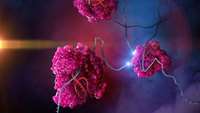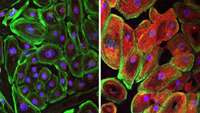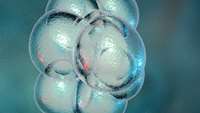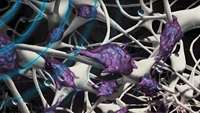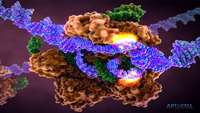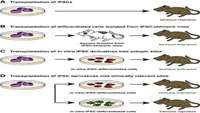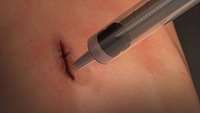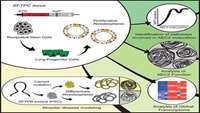New CRISPR tool targets RNA in mammalian cells
Researchers from the Broad Institute of MIT and Harvard have shown that a CRISPR-based editing system can cut and bind RNA in mammalian cells. In a paper out this week in Nature, the team used CRISPR-Cas13, which the researchers had helped discover, to both reduce RNA levels and "tag" RNAs in order to view and track them within cells.
CRISPR-Cpf1 correction of muscular dystrophy mutations in human cardiomyocytes and mice
Duchenne muscular dystrophy (DMD), caused by mutations in the X-linked dystrophin gene (DMD), is characterized by fatal degeneration of striated muscles. Dilated cardiomyopathy is one of the most common lethal features of the disease.
Developing software for cell and gene therapy supply chain tracking
The first thing is, to always remember that were dealing with a living drug, cells, which are very sensitive to environmental conditions, such as temperature and humidity etc. All of those things can impact on the viability of the drug and its effectiveness. Controlling the conditions under which its collected, manufactured, shipped, received, defrosted and infused are critical to the success of therapy and this is a big challenge.
Patented invention has potential to induce and regulate stem cell differentiation
An invention by Florida Institute of Technology’s Shengyuan Yang was found to naturally narrow the spreading of stem cells and has the potential to induce and regulate their differentiation.
Tiny bubbles and a bit of gene therapy heal major bone fractures in pigs
It takes more than a cast and a little time to heal many broken bones. Whether it’s a soldier wounded in battle, a car accident victim, or an elderly person who has fallen, bone damage can be so extensive that the bones never heal properly, leaving people crippled or with other severe problems. Now, researchers have combined ultrasound, stem cells, and gene therapy to stimulate robust bone repair
CRISPR/Cas9 Disrupts Glaucoma Gene, Takes Pressure off Eyes in Disease Models
Scientists at the University of Iowa could be forgiven if they were to revise an old nursery rhyme to read, “two blind mice.” The scientists, led by Val Sheffield, M.D., Ph.D., used the CRISPR/Cas9 gene-editing system to disrupt a gene known to cause glaucoma.
Molecular Obstacles to Clinical Translation of iPSCs
The ability to reprogram somatic cells into induced pluripotent stem cells (iPSCs) using defined factors provides new tools for biomedical research. However, some iPSC clones display tumorigenic and immunogenic potential, thus raising concerns about their utility and safety in the clinical setting.
Research directed by Iranian scientists resulted in: development of elastic surgical glue that seals wounds in 60 seconds
A research team supervised by “Nasim Annabi”, Iranian scientist and assistant professor of Northeastern University and a researcher affiliated to Harvard Medical School and Harvard-MIT Division of Health Sciences and Technology, and “Ali Khademhosseini”, Iranian professor at Harvard Medical School and Harvard-MIT Division of Health Sciences and Technology, has successfully developed an elastic surgical glue that can sealing up critical wounds in the skin or the organs, in 60 seconds, without the need for staples or sutures.
Business Activity in the Field: what are companies doing and why?
The REGenableMED project work-package on business models, value chains and innovation ecosystems investigated 10 UK case studies composed of 7 private firms, 1 public organisation, 1 university spin off and 1 research and development consortium.
Differentiation of Human Pluripotent Stem Cells into Functional Lung Alveolar Epithelial Cells
Lung alveoli, which are unique to air-breathing organisms, have been challenging to generate from pluripotent stem cells (PSCs) in part because there are limited model systems available to provide the necessary developmental roadmaps for in vitro differentiation


